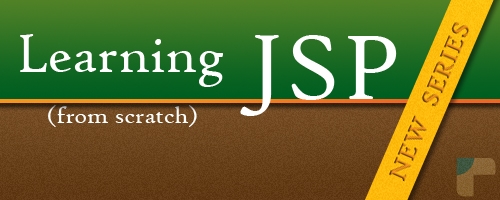Hello everyone! We are starting a new series for exploring well popular server side technology called ‘JSP’ (Java Server Pages). We will focus on learning this technology from very basic.
Today we will be covering following topics:
- What is JSP?
- How does it looks like?
- Where can we use it?
- Things required to get started.
1. What is JSP?
Java bytecode – It is a form of instruction that Java Virtual Machines executes. Having knowledge of java bytecode is same as having knowledge of assembler for C or C++ programmer.
2. How does it look like?
The use of jsp is same as that of php. We can use jsp tags along with the regular HTML tags. See the following example for getting clear idea.
<html>
<head>
<title>JSP Demo Page</title>
</head>
<body>
<% out.println("This Line is in JSP tag."); %>
</body>
</html>
As you can see, I have used jsp tag along with html tags. We can use jsp tags wherever we want to show the dynamically generated content.
3. Where can we use it?
4. Things required to get started!
a. Java Runtime Environment (JRE) depending upon your OS.
b. Apache Tomcat Server
c. Any text editing software you love.
For today, this will be enough. In next post we will setup environment for running jsp and write first jsp page.
If you like this article and want to continue learning more about jsp then please give your feedback and comments.

This is quiet useful. By the way thanks for the share of this information about your site. This might help us someday.
Thanks..
🙂
This is hardly an introduction. I am no where near writing code based upon what is offered here. When do we start?